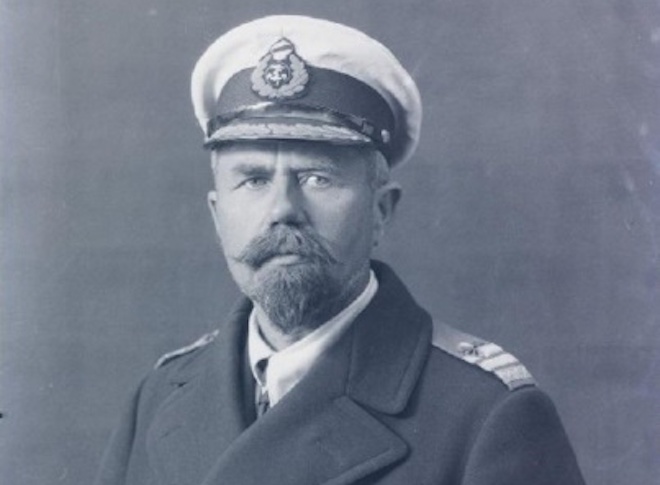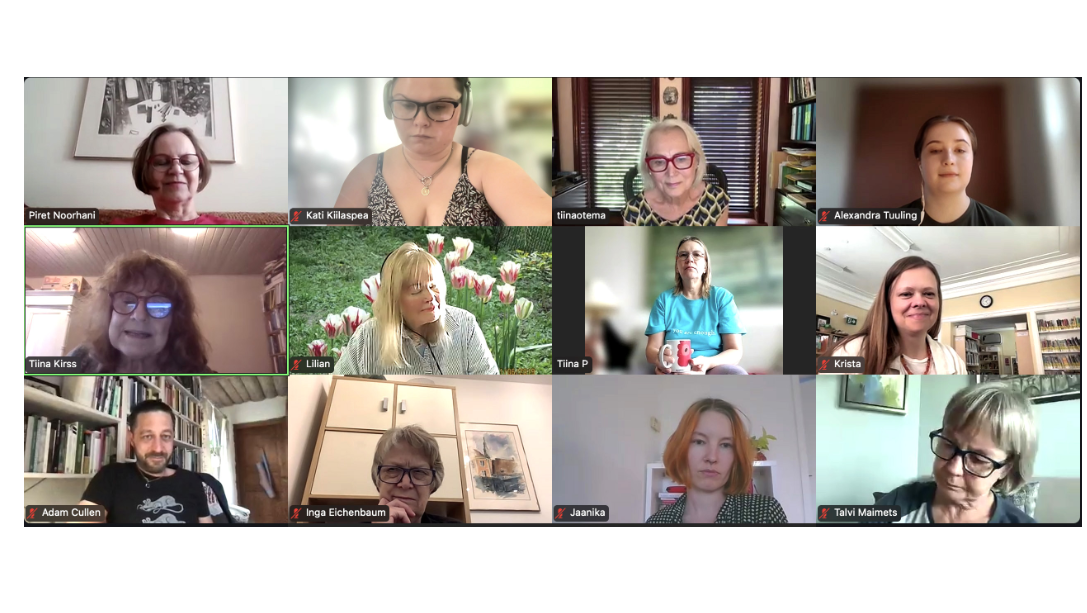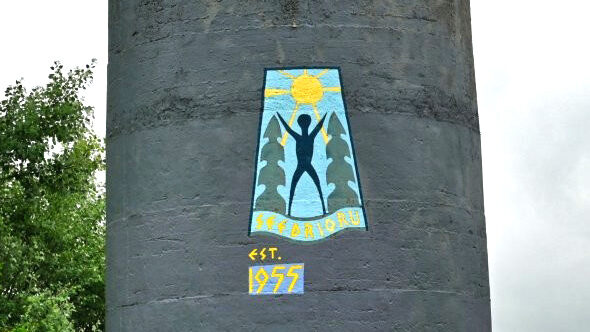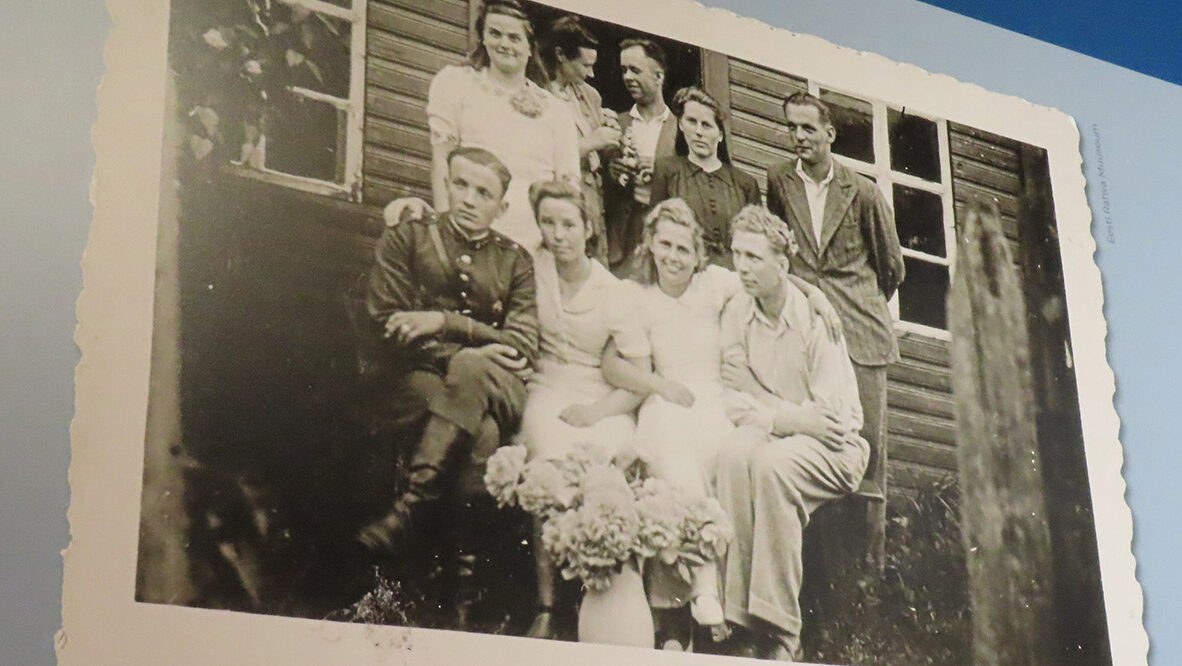It is commonly recognized that, in the course of history, major events and tides of change are often advanced through the initiative and actions of key individuals – individuals who fortuitously with their vision, brilliance, passion and courage inspired others in a noble cause. Johan Pitka certainly is in this category of notable individuals in the course of Estonia’s history. But Pitka also had a notable Canadian connection.
Fortunately, much has been written in books and newspapers about Johan Pitka over the years. Wikipedia has a wonderful overview of Johan Pitka’s life, his travels and achievements.
Johan Pitka was born on February 19, 1872 in Jalgsema , Jarva County when Estonia was still a governate of Tsarist Russia. At a young age Pitka was intrigued by the seas, of which he caught his first glimpse from a hilltop near the inland farm he was raised on. Pitka was able to study in several maritime schools and became a Master Mariner. He started working aboard sailing ships in 1889 and sailed across the seas and oceans as a merchant ship captain. Pitka’s homebase from 1904 to 1911 was in Great Britain. During World War I and with the start of the Russian Revolution in 1917 Pitka was drawn back to Estonia and became deeply engaged in Estonia’s nascent independence movement. Inspite of great risks to his own life and family, he started organizing with the returning Estonian soldiers that had fought for the Tsar’s army. When the Bolsheviks sentenced Pitka to death, he went underground to further advance the Estonian resistance. When Germany occupied Estonia in 1918 , Pitka began to organize the Estonian Defence League (Kaitseliit) which became one of the main fighting forces for the newly proclaimed Estonian Republic. Estonia’s fight for independence began quickly in the late fall of 1918 after the armistice in Europe between the Allies and Germany. The Soviet Red Army took advantage of the peace in Europe and invaded Estonia with overwhelming forces. However, the Estonians were able to quickly organize and resist the Red Army onslaught with amazing patriotic resolve. Pitka was one of several military leaders involved in the recruitment, logistics and preparations for the Estonian war effort. Pitka’s knowledge of mechanics and equipment was put to maximum effect in rapidly assembling and outfitting 12 armoured cannon assault trains (soomusrongid).
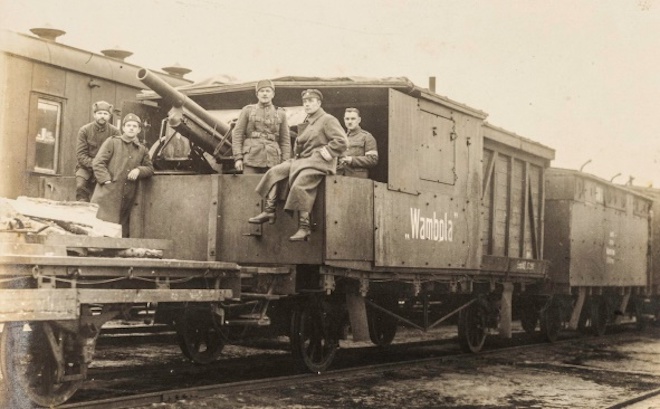
Many military historians claim that these armoured trains gave the Estonian army significant tactical advantage against the Red Army invasion from the east, and subsequently against the German Landeswehr invasion from the south. Pitka also founded and became Commander of the Estonian Navy in 1918 and led all of its major operations in the Gulf of Finland and on the Baltic Sea. His own maritime experience was fortuitous in both directing Estonia’s ships and also in coordinating with the allied British navy ships in the theater of sea battles against the Russians. The Estonian forces were victorious against the Red Army and the German Landeswehr, securing Estonia’s independence and also in assisting Latvia achieve its independence as well. Pitka was awarded a KCMG knighthood by Britain’s King George V for his navy service on the Baltic.
With Estonian peace and independence secured by 1920, Pitka was again tempted by far-away adventures. Through his connections as a merchant sea captain with the Canadian Pacific Railway, Pitka became aware of Canadian land grants and was lured to the wild frontier in British Columbia in 1924 to forge a new settlement with several other Estonian families. The book “Eestlased Kanadas Kahe Maailmasoja Ajavahemikul” (Estonians in Canada Between the World Wars) has a fascinating account of Pitka’s adventures in trying to forge a settlement near Fort St. James, B.C. This chronicle includes all of the classic romantic pioneering experiences imaginable : the long journey by sea, train and then wagons; a wild welcome at the last train stop for the new immigrants; trudging deep into the forest to establish camps; building log cabins; living with their indigenous, trapper and prospector friends; working to exhaustion and trying to establish some kind of sustainable enterprise through farming, smithing and logging; and surviving the harsh winters and cursed clouds of black flies and mosquitos in the springtime. Inspite of all the hope and effort however, the settlement wasn’t sustainable and the Estonian families went separate their ways by 1932. While their homesteads are long gone, several Estonian place names are a reminder of their legacy. They include Pitka Mountain, Pitka Bay on Stuart Lake, Pitka Creek and Paarens Beach. Later in life Pitka expressed his regret that their British Columbian settlement project was simply several decades ahead of its time. Nevertheless in recognition of the Pitka colony, a monument along with a plaque and time capsule was erected in Fort St. James in 2008. According to a 2009 Estonian World Review article, this memorial was the first such monument outside of Estonia honouring an Estonian statesman.
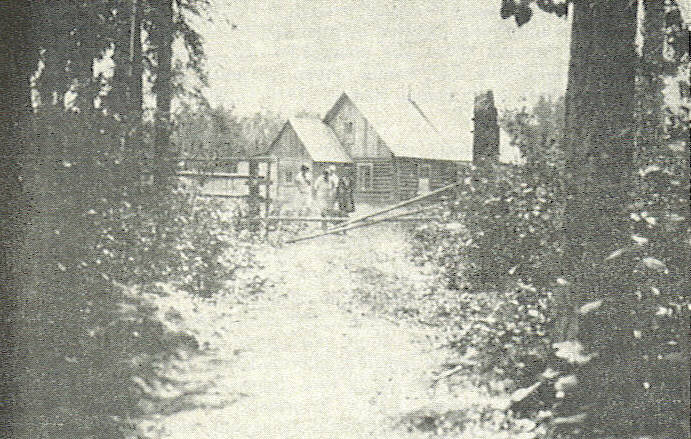
Upon returning to Estonia, Pitka and his family enjoyed some prosperous years and he also served as a member of the National Constitutional Assembly. After the 1940 Soviet occupation Pitka fled to Finland. Sadly his three sons were arrested in Estonia by the Soviets and perished. Pitka returned to Estonia in 1944 to join the fight against second invasion by the Soviets upon the retreat of the Germans and, at the age of 72, organized the last defence of Tallinn. The exact details of how and where Pitka died in November of 1944 are uncertain but there is some belief that he died on the battlefield near Koue parish. Pitka’s wife and daughters managed to escape to Sweden in 1944 and re-immigrated to Canada in 1948, settling in Vancouver.
Pitka was also an accomplished author and translator. Several of his own books are about his seafaring days. A recently translated book about his sea captain years aboard his ship “Lilly” entitled “My Formative Years” (ISBN9780986751011) (translated by Hillar Kalmar) is an enjoyable read.
Johan Pitka’s life story and legacy are remarkable. Estonians around the world can be grateful that his actions and inspiration contributed greatly to Estonia’s independence.
